Idrw Team
SOURCE: IDRW.ORG TEAM.


@CjVarghese96
CJ Varghese, a distinguished innovator hailing from Kerala, has once again made waves in the realm of defense technology with the recent granting of a patent by the Patent Office of the Government of India. This patent marks a significant milestone in Varghese’s illustrious career, adding to his impressive portfolio of multiple patents, and heralds a breakthrough in the field of artillery defense systems.
The newly patented innovation centers around a Multiple Artillery Rocket Interceptor Kill Vehicle System, designed to counter the threat posed by swarms of artillery rockets with unparalleled precision and efficacy. At its core, Varghese’s system boasts several novel features and technological advancements that set it apart from conventional defense mechanisms.
Continue readingSOURCE: IDRW.ORG.
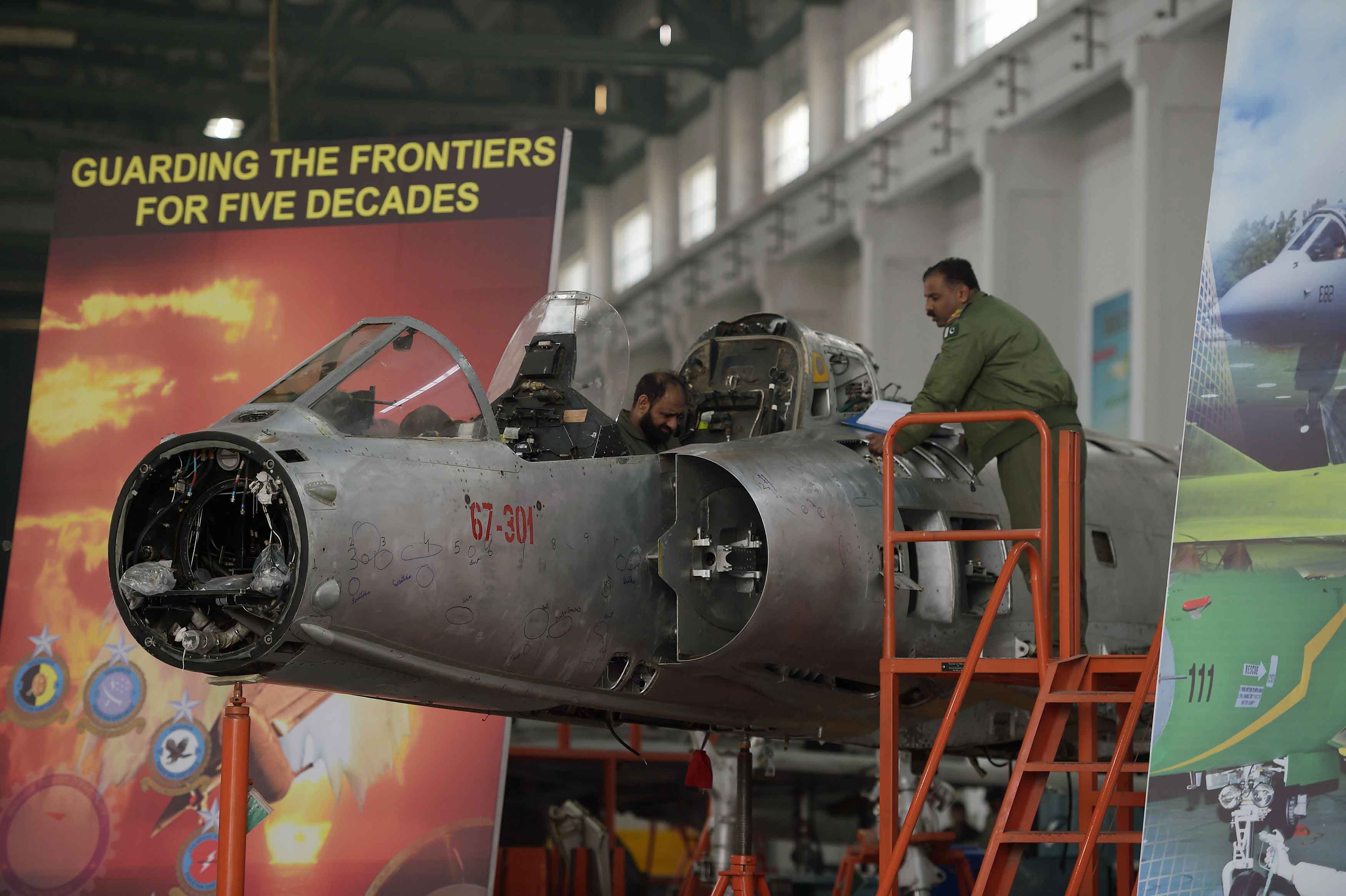

The Pakistan Air Force (PAF) is poised for a significant shift in its combat capabilities as it grapples with the impending retirement of nearly 200 fighter jets by 2030. This large-scale retirement plan, if realized, could lead to a temporary dip in overall squadron strength.
The crux of the issue lies with the ageing Mirage-III/5 fleet, numbering over 150. These French-origin jets are rapidly approaching the end of their airframe service life. Dassault, the original manufacturer, has ceased production of spare parts for the aircraft and its engines, decades ago further plans to buy retired jets to be used as Spares have not gone ahead thus limiting operational viability of shouldering on for more years.
Continue readingSOURCE: IDRW.ORG.
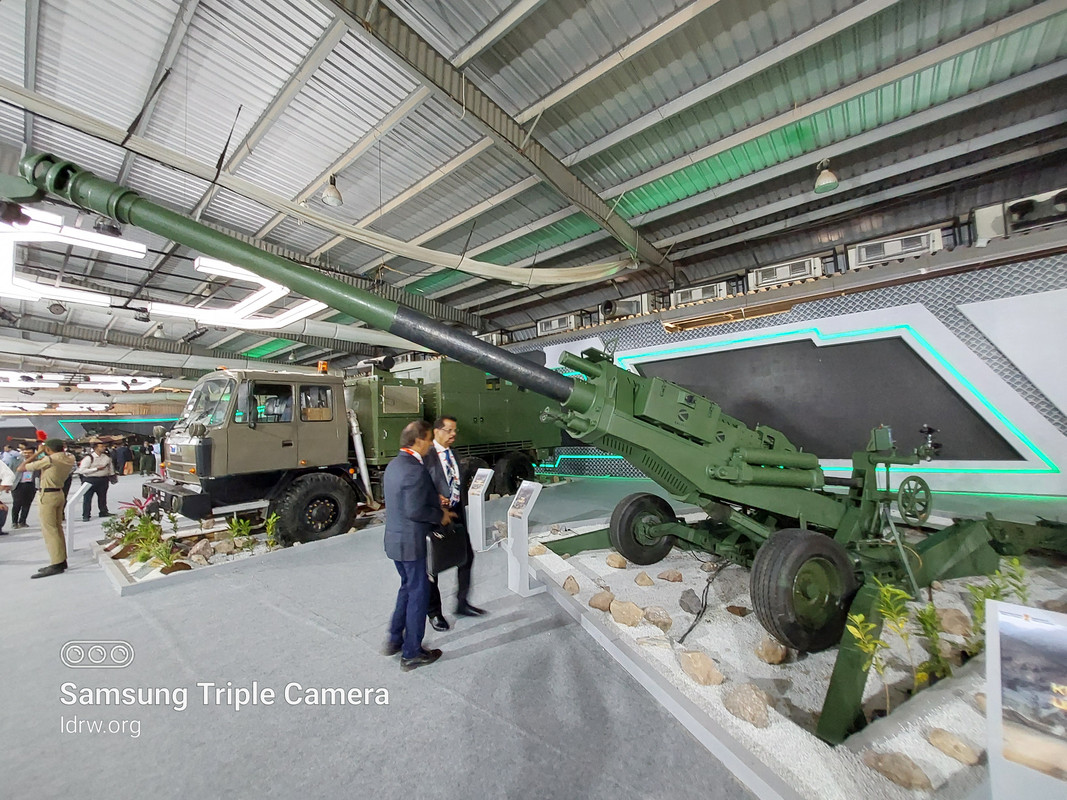

Baba Kalyani, the Managing Director of Bharat Forge, has set an ambitious goal for India’s defense sector. He aspires to make India the number one manufacturer of artillery in the world by 2030. This vision comes amidst India’s growing defense exports, encompassing artillery guns, drones, and rifles.
“It is my vision and dream to be among the top three artillery exporters in the world,” Kalyani said. “Now we are number one in the business. So we are targeting that in the artillery sector, we will be the largest manufacturer in the world with the best of technologies.”
Continue readingSOURCE: IDRW.ORG.
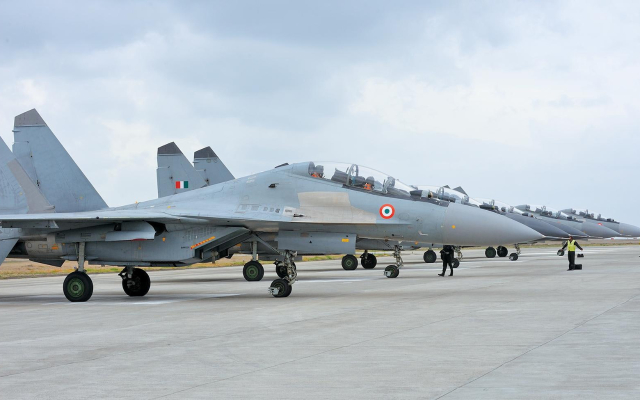

Indian Air Force (IAF) Chief Air Chief Marshal VR Chaudhari recently addressed concerns regarding the impact of the ongoing conflict between Russia and Ukraine on the IAF’s fleet of Russian-made aircraft.
Chaudhari highlighted the IAF’s proactive approach towards “Indianization,” a strategy that involves manufacturing crucial components for its aircraft within India. This initiative has significantly reduced dependence on foreign suppliers, including Russia, for spare parts. As a result, the Ukraine conflict has had a minimal effect on the supply of spares for many Russian aircraft operated by the IAF.
Continue readingSOURCE: IDRW.ORG.
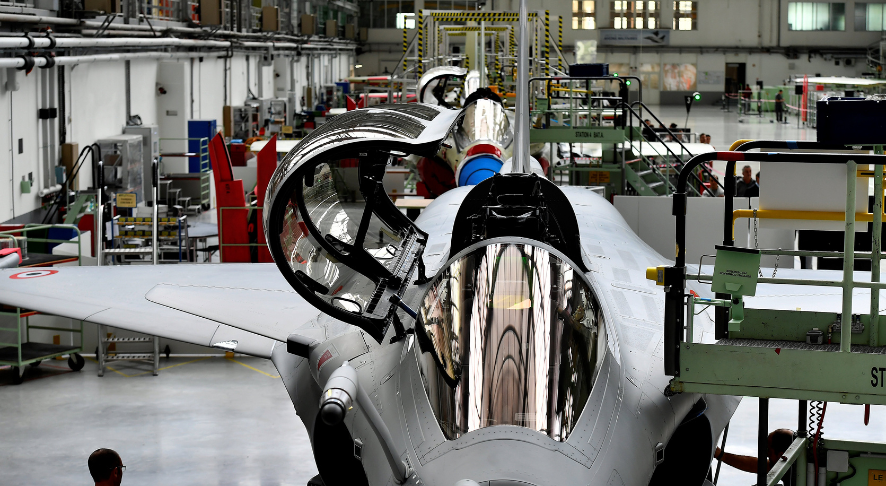

Defense Analyst Ranesh Rajan, in an interview with idrw.org, has cast doubt on the viability of acquiring 114 Rafale fighter jets under the Make in India program within the framework of the Multi-Role Fighter Aircraft (MRFA) tender.
Rajan argues that the sheer cost of such a large-scale purchase, estimated at around $25 billion, could put significant strain on India’s defense budget. He suggests that prioritizing this acquisition might delay or even derail funding for crucial domestic projects like the Tejas MkII and AMCA fighter jets.
Continue readingSOURCE: IDRW.ORG.
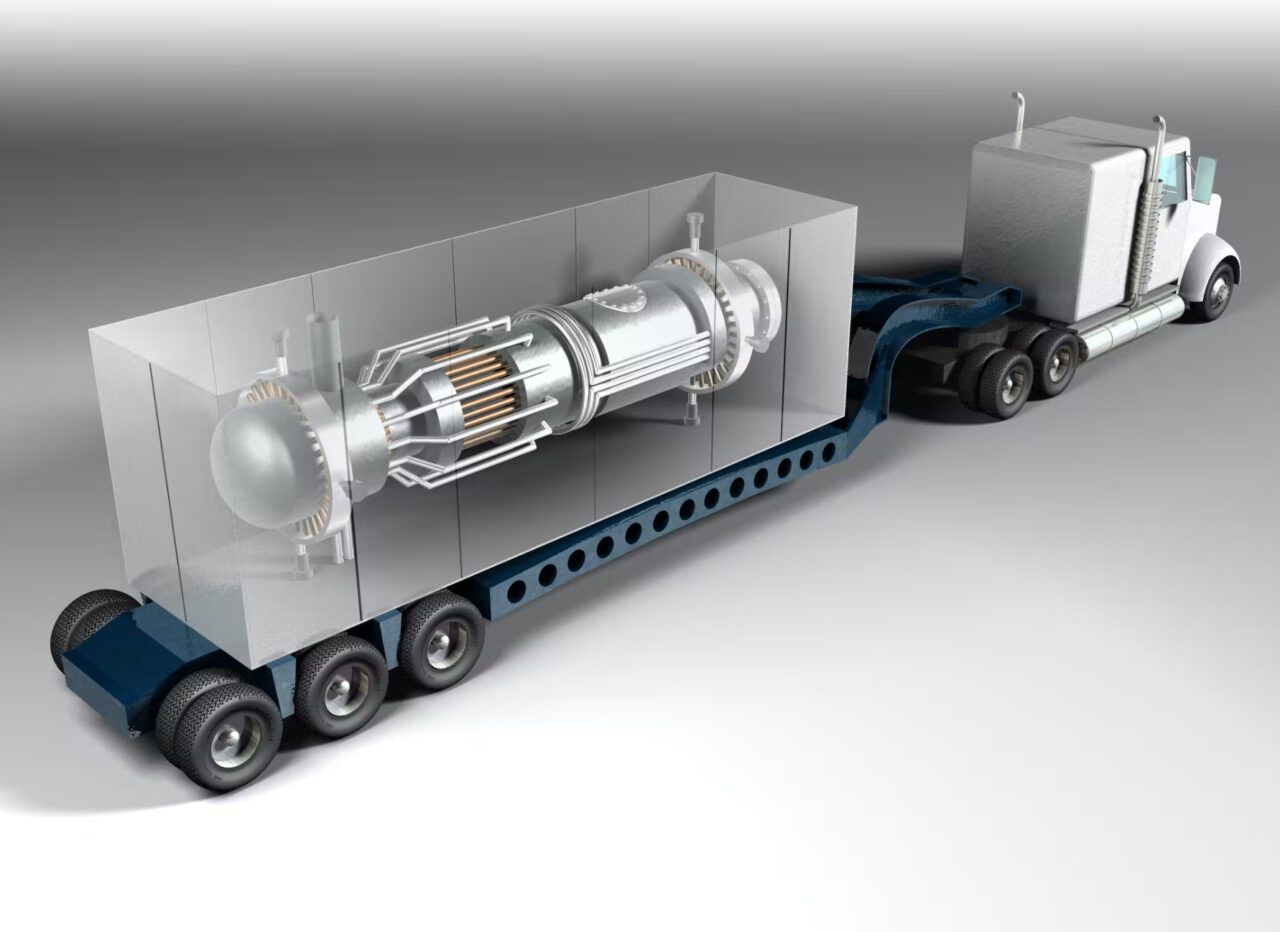

The Bhabha Atomic Research Centre (BARC) is reportedly developing a mobile reactor technology with wide-ranging applications. While details remain undisclosed by BARC, experts believe it could be a dual-use system, potentially impacting both civilian and military sectors.
The concept of a mobile reactor presents exciting possibilities. It could provide a reliable and continuous power source for remote locations currently lacking access to traditional infrastructure. This could be particularly beneficial for regions with challenging terrain or underdeveloped grids.
Continue readingSOURCE: IDRW.ORG


The Indian Army faces a critical gap in its artillery armory – a scarcity of Weapon Locating Radars (WLRs). With only 48 WLRs currently operational and another 12 on order, the force struggles to effectively counter enemy artillery fire.
This deficiency becomes especially concerning when considering the size of the Indian Army. It boasts 59 artillery brigades, each equipped with approximately 48-54 artillery pieces. By 2 025/26, the allotment aims to provide each brigade with just one WLR, leaving a significant portion vulnerable.
Continue readingSOURCE: IDRW.ORG TEAM


Indian startup Edith Defence Systems has secured second place in the prestigious Dare to Dream 4.0 Award competition organized by the Defence Research and Development Organisation (DRDO). This recognition highlights their innovative work in target seeking and proximity sensing technologies.
The winning system is a miniaturized radar payload designed for the Defender X2 unmanned aerial vehicle (UAV). This innovative technology offers several key functionalities:
Continue readingSOURCE: IDRW.ORG


Zen Technologies Limited, a leading defense training solutions provider based in Hyderabad, is looking to expand its reach beyond land-based combat training. Already a force to reckon with in its domain, with over 40 land-based Combat Training Simulators supplied to the Indian Army, Zen Technologies has set its sights on developing similar systems for the Indian Air Force and Indian Navy.
The company is currently in talks with both branches of the Indian military to create comprehensive training simulators for warship crew and fighter jet pilots. These advanced simulators would provide a realistic training environment, allowing aircrews and naval personnel to hone their skills and practice complex maneuvers in a safe and controlled setting.
Continue readingSOURCE: IDRW.ORG TEAM.


India has issued a Notice to Airmen (NOTAM) establishing a no-fly zone over the Bay of Bengal region from April 21 to 24, 2024. This move typically precedes a missile test, and experts believe it’s likely connected to the testing of an Indian missile system.
The designated airspace encompasses a 980-kilometer trajectory, hinting at a test for a long-range missile. This characteristic aligns with the profile of the Indigenous Technology Cruise Missile (ITCM) project by India’s Defense Research and Development Organization (DRDO). The ITCM is a sub-sonic cruise missile designed for long-range deterrence.
Continue readingSOURCE: IDRW.ORG TEAM.


VU-Dynamics Private Limited, a manufacturer of defense equipment, has recently introduced two new loitering munitions, the APJK6C100 and the APJK2C40. These unmanned aerial vehicles (UAVs) are designed for long-range reconnaissance and attack missions.
The APJK6C100 boasts an impressive range of 100 kilometers and an endurance of 50 minutes. This extended reach allows it to strike targets far behind enemy lines. It can carry a 6-kilogram warhead, delivering significant firepower for its size. The APJK6C100 has a maximum altitude of 4 kilometers Above Sea Level Measured (ASML), offering a vantage point for surveillance and attack operations.
Continue readingSOURCE: IDRW.ORG TEAM.


India’s defense exports have seen a significant rise in recent years, and the country is setting ambitious targets for further growth. In 2023-24, India has set a target of ?20,000 crore for defense exports.
The largest contributor to India’s defense exports is the shipbuilding industry. Exports of ships for the Navy and Coast Guard account for nearly 61% of the total defense exports. This highlights India’s capabilities in shipbuilding and naval architecture.
Continue readingSOURCE: IDRW.ORG TEAM.


India’s ballistic missile defense (BMD) program is set for a significant upgrade with the development of a new Long Range Radar (LRR), according to the Ministry of Defence’s (MoD) Annual Report for 2022-23. This radar system promises enhanced detection, identification, and tracking capabilities for ballistic missiles.
The LRR’s arrival coincides with the ongoing Phase-II of India’s BMD program. This phase, expected to be operational by 2026-27, will see the induction of two new interceptor missiles, further strengthening India’s multi-layered missile defense architecture. The LRR’s superior detection, tracking, and data transmission capabilities will be instrumental in ensuring the effectiveness of these new interceptor missiles.
Continue readingSOURCE: IDRW.ORG TEAM.


Bharat Electronics Limited (BEL), a leading Indian defense and aerospace company, has unveiled a groundbreaking innovation: a zero-emission Unmanned Surface Vehicle (USV) designed for hydrographic surveying and coastal surveillance. This versatile USV boasts eco-friendly operations and the potential for various applications, making it a valuable asset for both civilian and defense purposes.
The USV stands out for its commitment to sustainability. It leverages solar energy harvesting to power its operations, eliminating harmful emissions and reducing reliance on fossil fuels. This makes it an ideal solution for environmentally sensitive tasks like surveying and monitoring marine ecosystems.
Continue readingSOURCE: IDRW.ORG TEAM


Coimbatore-based MANO AIRCRAFT is soaring into the future with their innovative Mano-I aircraft. This sleek, 2-seater carbon fiber plane is designed not just for thrills, but also for aspiring aircraft builders.
The Mano-I boasts a tandem seating arrangement, offering pilots a “top-gun” experience with independent control. But MANO AIRCRAFT isn’t just targeting seasoned aviators. The aircraft is specifically designed for ease of assembly, breaking down into five distinct kits – perfect for home-builders looking to embark on an aviation adventure.
Continue reading